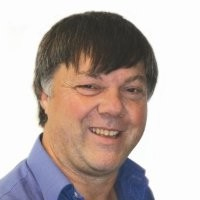Coins and tokens used in England 120 BC To AD 1971- 5 Weeks
| Start | Wednesday 24th April 2024 |
|---|---|
| Time | 10:30 - 12:30 |
| Tutor | Dr David Rudling |
| Cost | £45.00 |
| Room | Main Hall |
| Availability | 7/18 Places |
| Course Description |
|---|
This course will explore the history of the use of coins and tokens in England from 120 BC - AD1971. We will start by reviewing the origins of coinage generally, including pre-coin primitive currencies. We will then review the history of coin and token use in England until the introduction of decimal currency in 1971. Other considerations will focus on the range of metals, shapes, sizes and weights that have been used for coins and tokens. We will also explore what the images and lettering on English coins and tokens can tell us about history, material culture, propaganda and famous individuals known to history. Illustrated throughout and some ‘hands-on’ opportunities. The tutor is a member of both the British and Royal Numismatic Societies. This course is suitable for historians, archaeologists, coin collectors, metal detectorists, and those generally interested in English history. Participants are welcome to bring along old coins for identification purposes |
| Your Tutor |
|
Dr David Rudling is the Academic Director of the Sussex School of Archaeology. He is also an Honorary Research Fellow and Visiting Lecturer at the University of Roehampton. Previously David worked for 25 years for the UCL Field Archaeology Unit, before switching to the University of Sussex where he was Senior Lecturer in Archaeology (Continuing Education). David’s research interests include Roman rural settlements and land-use, religion and ritual in Roman Britain and beyond, and ancient and medieval coins. Sites excavated by David include Bignor Roman Villa and Chanctonbury Ring. David is a Fellow of the Society of Antiquaries of London and a Member of the Chartered Institute for Archaeologists. |

